-
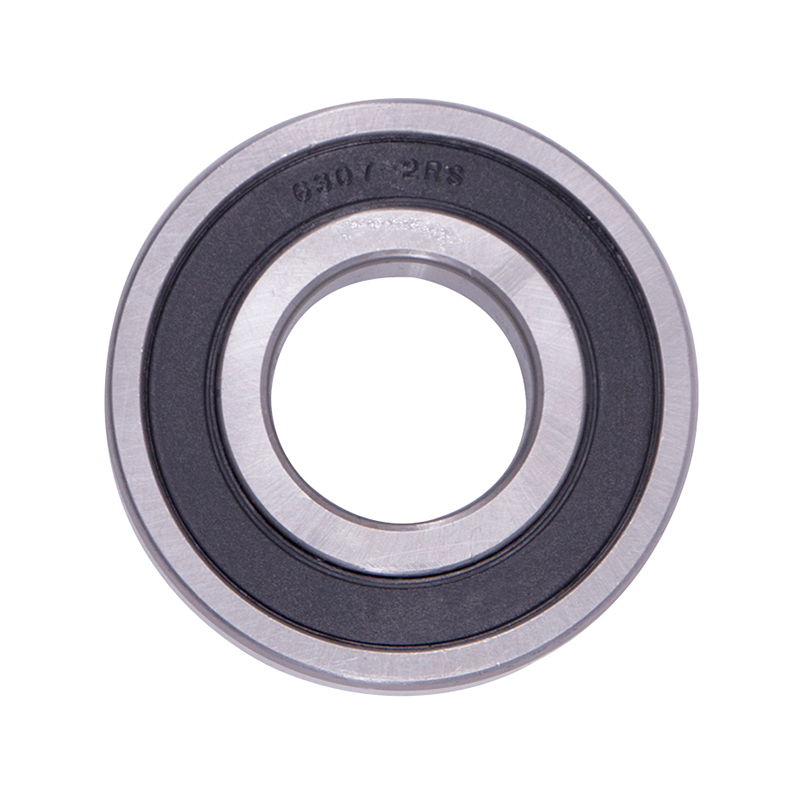 Wheel Hub Bearings
Wheel Hub Bearings -
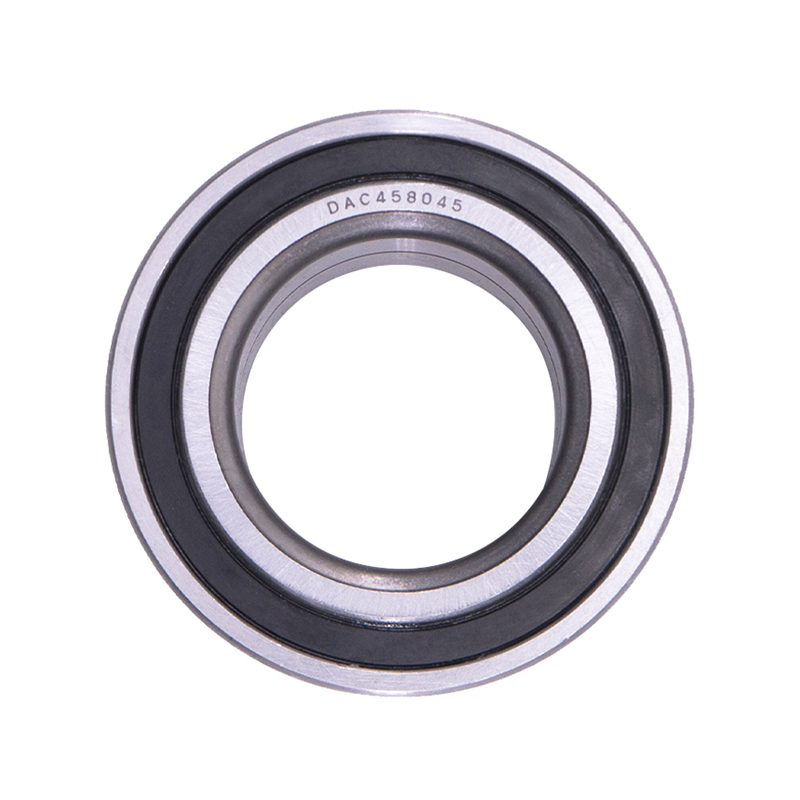 Wheel Hub Bearings
Wheel Hub BearingsDAC387436 DAC458045 Hub Deep Groove Ball Car Wheel Bearing
-
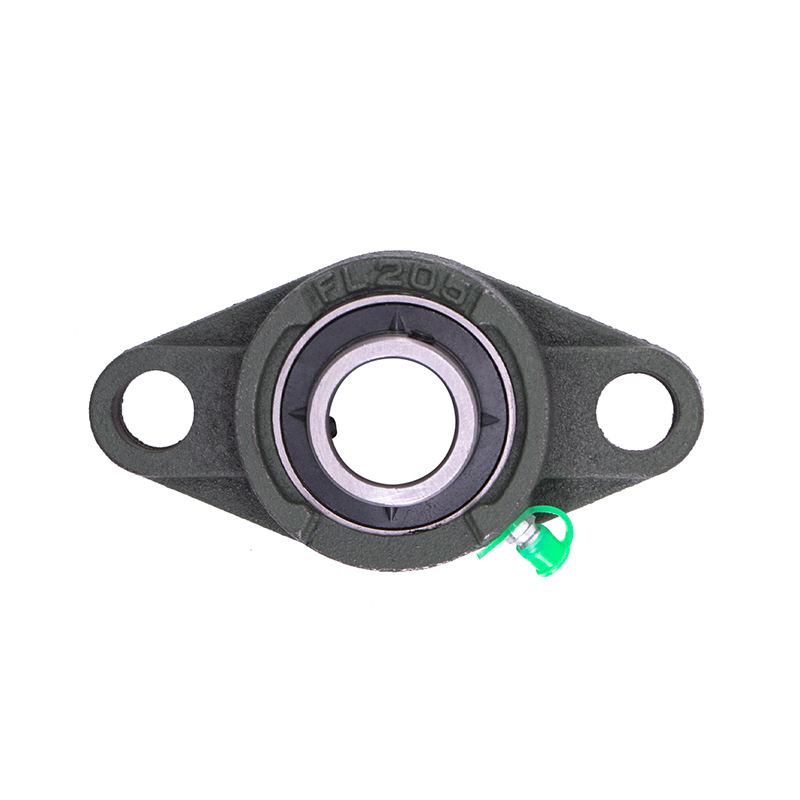 Spherical Bearings
Spherical BearingsFL204 FL205 FL206 Stainless Steel Pillow Block Bearing
-
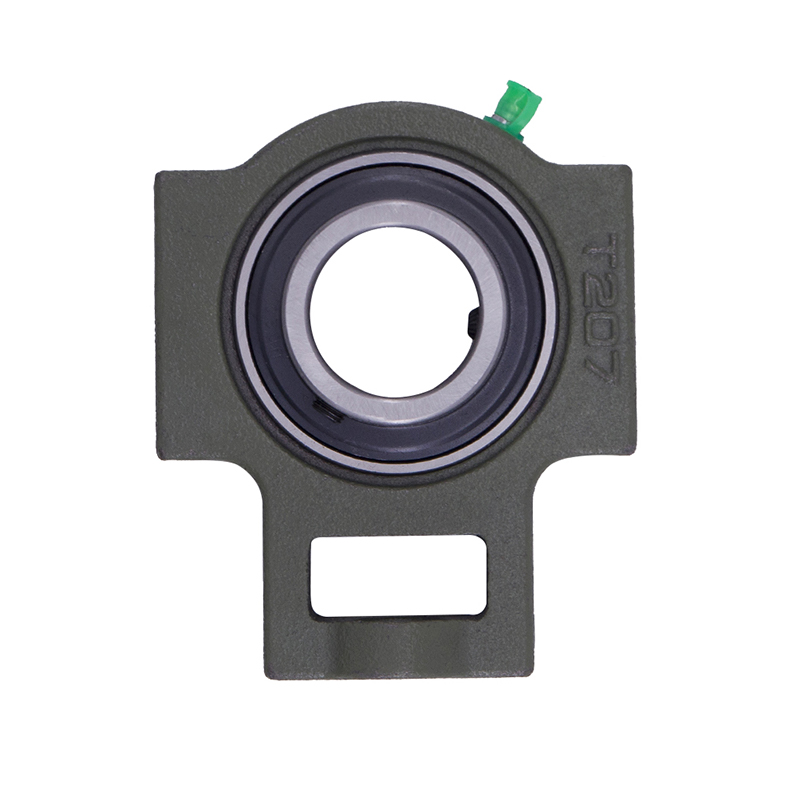 Spherical Bearings
Spherical BearingsT204 T207 UC204 High Speed Insert Pillow Block Bearing
-
 Spherical Bearings
Spherical BearingsFC204 F210 Auto Wheels Bike Pillow Block Bearing
-
 Spherical Bearings
Spherical BearingsP207 206 205 203 High Precision Wheel Pillow Block Bearing
-
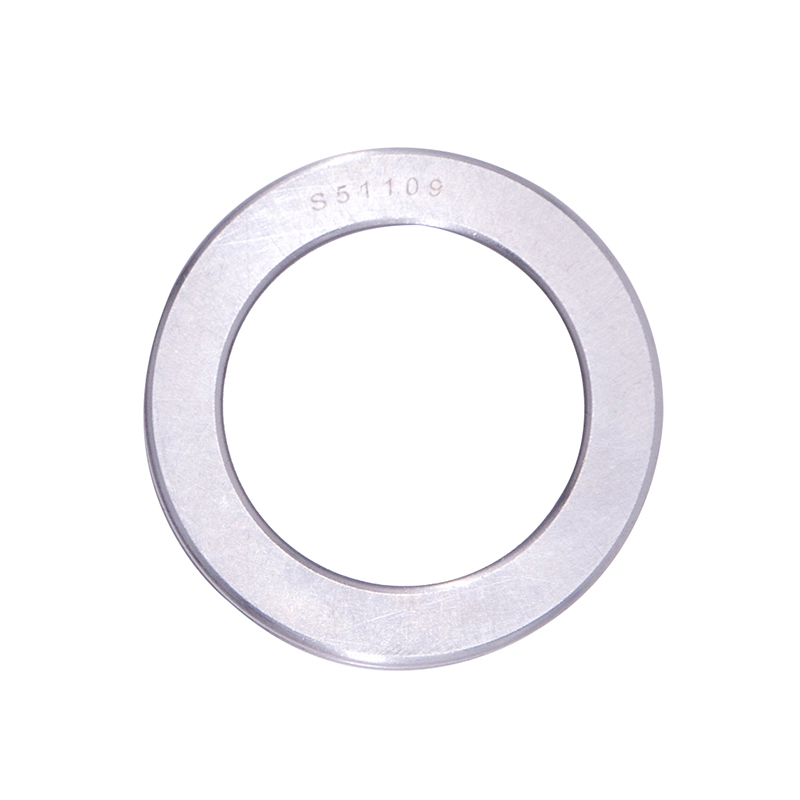 Thrust Roller Bearings
Thrust Roller BearingsS51100 S51107 S51109 Car Wheel Plain Thrust Ball Bearing
-
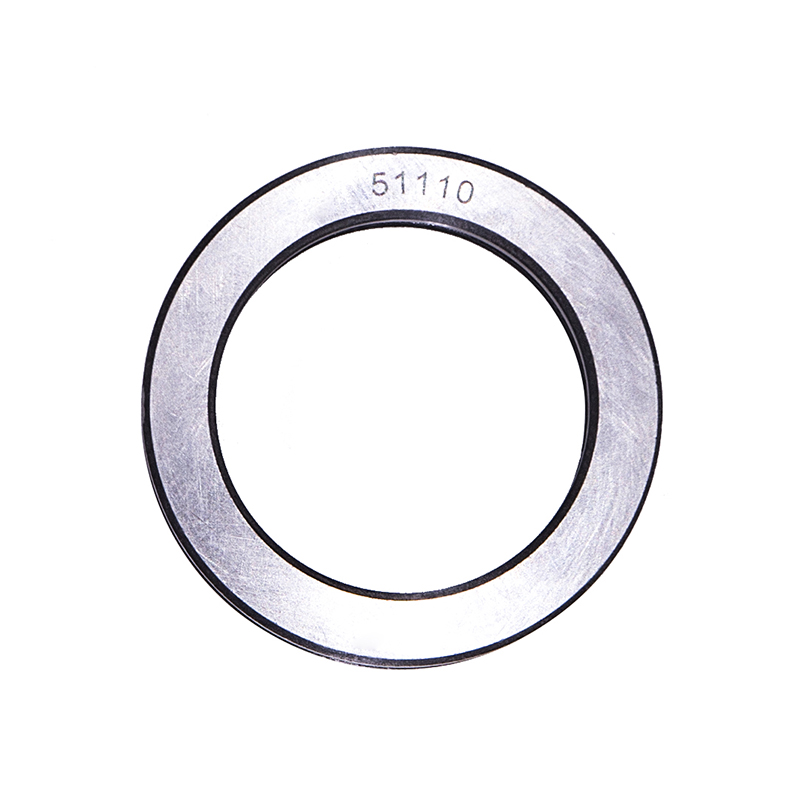 Thrust Roller Bearings
Thrust Roller Bearings51110 51107 51104 51206 High Speed Plain Thrust Ball Bearing
Primary Areas of Usage of Cylindrical Roller Bearings
Industry news-Cylindrical roller bearings factory differ from ball bearings in that their rollers have a larger contact area with the races, allowing for better load distribution. This design enables them to carry higher radial loads. Depending on the arrangement of the raceway ribs, some cylindrical roller bearings can also accommodate limited axial loads in one or both directions.
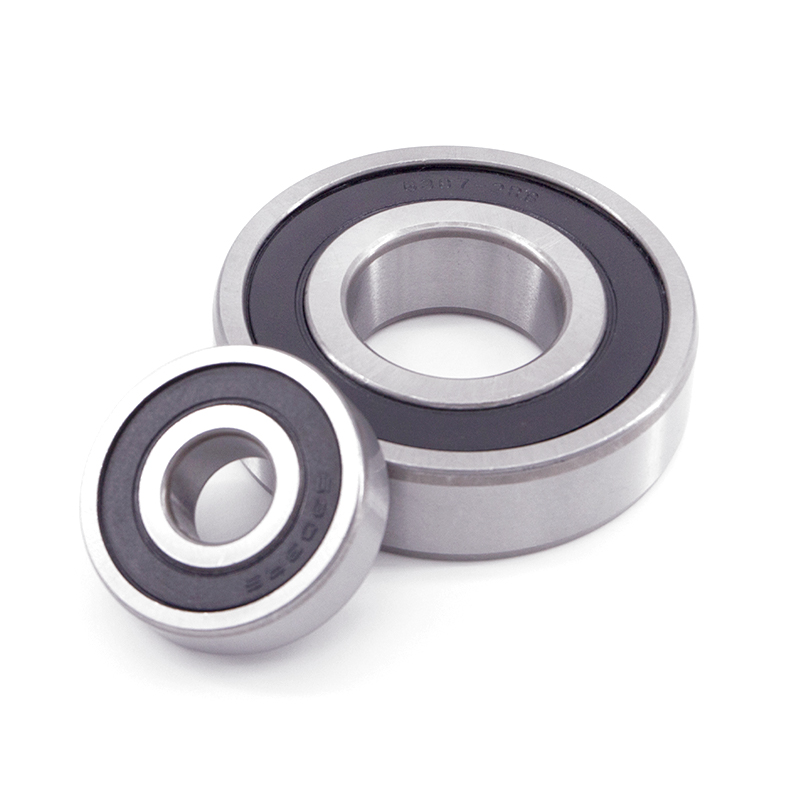
They are available in different designs, such as single-row, double-row, and multi-row types, each suited for specific load capacities and operational requirements.
1. Electric Motors and Generators
Cylindrical roller bearings are extensively used in electric motors and generators due to their high radial load capacity and ability to handle moderate speeds. In these applications, they provide smooth rotation and support for the rotor shaft, ensuring energy-efficient performance and long operational life.
2. Gearboxes and Transmissions
Gearbox assemblies—whether in industrial machinery, vehicles, or wind turbines—rely on cylindrical roller bearings to handle the significant radial forces generated by meshing gears. Their ability to maintain precise shaft alignment under load helps minimize wear on gears and maintain transmission efficiency.
3. Machine Tool Spindles
In precision machinery such as lathes, milling machines, and grinders, cylindrical roller bearings are often used in spindle assemblies. They provide the rigidity required for accurate machining while withstanding high radial forces. Some designs also allow for thermal expansion compensation, improving operational stability.
4. Steel Mills and Heavy Industry
Steel production equipment, including rolling mills, faces loads and challenging operating conditions. Multi-row cylindrical roller bearings are commonly used in roll necks and other heavy-duty components because they can carry exceptionally high radial loads and resist shock impacts.
5. Railways
In the railway sector, cylindrical roller bearings are used in axle boxes, traction motors, and gearboxes. They are valued for their durability and reliability in demanding environments, where they must support heavy loads while enduring vibration and variable speeds.
6. Wind Turbines
Wind turbine main shafts, gearboxes, and generators employ cylindrical roller bearings to manage heavy radial loads and accommodate fluctuating wind forces. Their robustness ensures long-term reliability in both onshore and offshore conditions.
7. Construction and Mining Equipment
Earthmoving machinery, crushers, and conveyors rely on cylindrical roller bearings to handle high loads and impact forces. The bearings’ durability helps reduce downtime and maintenance costs in these rugged environments.
Advantages of Cylindrical Roller Bearings in Usage
High Radial Load Capacity – Their large contact area makes them ideal for applications involving substantial radial forces.
Versatility in Design – Available in multiple configurations to suit different axial load and clearance requirements.
High-Speed Capability – Certain designs can operate at relatively high rotational speeds while maintaining stability.
Rigidity – Provides solid shaft support in precision applications such as machine tools.
Usage Considerations
While cylindrical roller bearings are highly capable, their effective use requires attention to certain factors:
Axial Load Limitations – Most types can only handle minimal axial loads unless specifically designed for that purpose.
Alignment Accuracy – Proper shaft and housing alignment are crucial to prevent uneven load distribution and premature wear.
Lubrication – Adequate lubrication is essential to minimize friction, dissipate heat, and prevent surface damage.
Contamination Control – In environments with dust, moisture, or debris, seals or shields may be necessary to extend service life.
Maintenance Practices for Continued Usage
Routine inspection and preventive maintenance play a key role in ensuring that cylindrical roller bearings perform reliably:
Regular Lubrication – Maintain appropriate grease or oil levels to prevent metal-to-metal contact.
Vibration Monitoring – Identify early signs of misalignment, imbalance, or bearing wear.
Temperature Checks – Excessive heat may indicate lubrication issues or overloading.
Visual Inspection – Look for signs of pitting, flaking, or corrosion.
In critical equipment, predictive maintenance methods such as condition monitoring can help detect issues before they costly downtime.

 English
English русский
русский Español
Español
